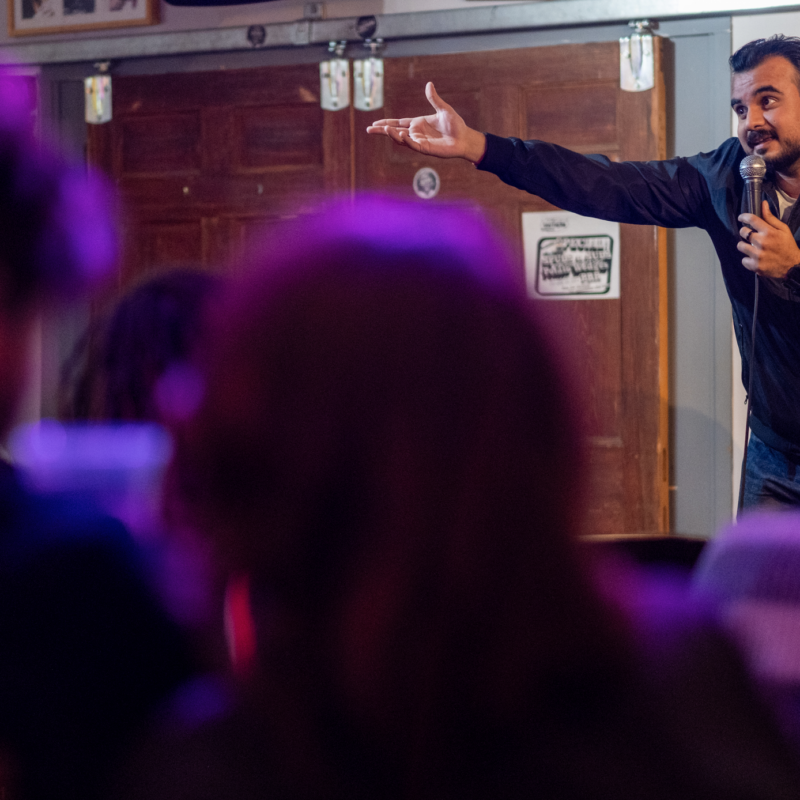If the early part of this century was an economic drinking binge, then the past year has been the inevitable retching that follows. With the average American city reporting a 12 percent increase in homelessness between 2007 and 2008, and unemployment hitting a 16-year high, many wine lovers may be staring at a future as winos. The good news is there’s a whole world of cheap wine for the homeless enophile to explore. The bad news is, the New Depression seems to bring with it a New Prohibition—at least as far as the really harsh stuff is concerned.
Nonetheless, let’s explore the world of bum wines. Picture a burning trashcan surrounded by men in fingerless gloves. What would they drink? Cheap, sweet and high in alcohol, bum wine bottles litter country roads and urban lots. Many beverages may fit that description, but only five are considered classic bum wines by aficionados: Cisco, Richards [sic] Wild Irish Rose, Night Train, Thunderbird, and MD 20/20.
And here, a digression: Both Night Train and Thunderbird (and the now defunct Ripple) are made by E & J Gallo. Established in 1933, Gallo is the largest family-owned winery in the country. Gallo introduced Thunderbird in 1957, but doesn’t seem very proud of it. There’s mention neither of Thunderbird nor Night Train on the website, and the Gallo name is missing from both labels.
Now, back to bum wines: Technically, they’re fortified wines made from grapes or other fruits. Alcohol, sugar and God knows what else are added. But the most important ingredient is alcohol, bum wines mostly registering at or near 18 percent. So yes, they are wines in a nominal sense, though that gets harder to believe the closer the neon liquid gets to your lips.
Bum wines are marketed and sold exclusively in low-income areas, and some claim that the high alcohol/low price wines encourage alcoholism and vagrancy among the poor. In 2001, do-gooder cities Tacoma and Seattle, Washington established Alcohol Impact Areas, where sales of bum wines (as well malt liquor) are illegal.
The bum wine prohibition doesn’t make much sense. The bans only apply to specific brands, so all manufacturers have to do to circumvent them is give products new names. And it’s not like there aren’t other options. One merchant was quoted in Seattle saying that his customers simply “switched to Bud.”
At $5, Thunderbird isn’t much cheaper than the numerous $6-8 wines now flooding the marketplace from countries like Chile. Nor are the alcohol levels in bum wines as extreme as they’re made out to be. Most “legit” wines these days are at least 14 percent (compare to MD 20/20, which is a measly 13 percent) and many California Zinfandels routinely push beyond 15. What sets bum wines apart seems, primarily, to be the people buying them.





